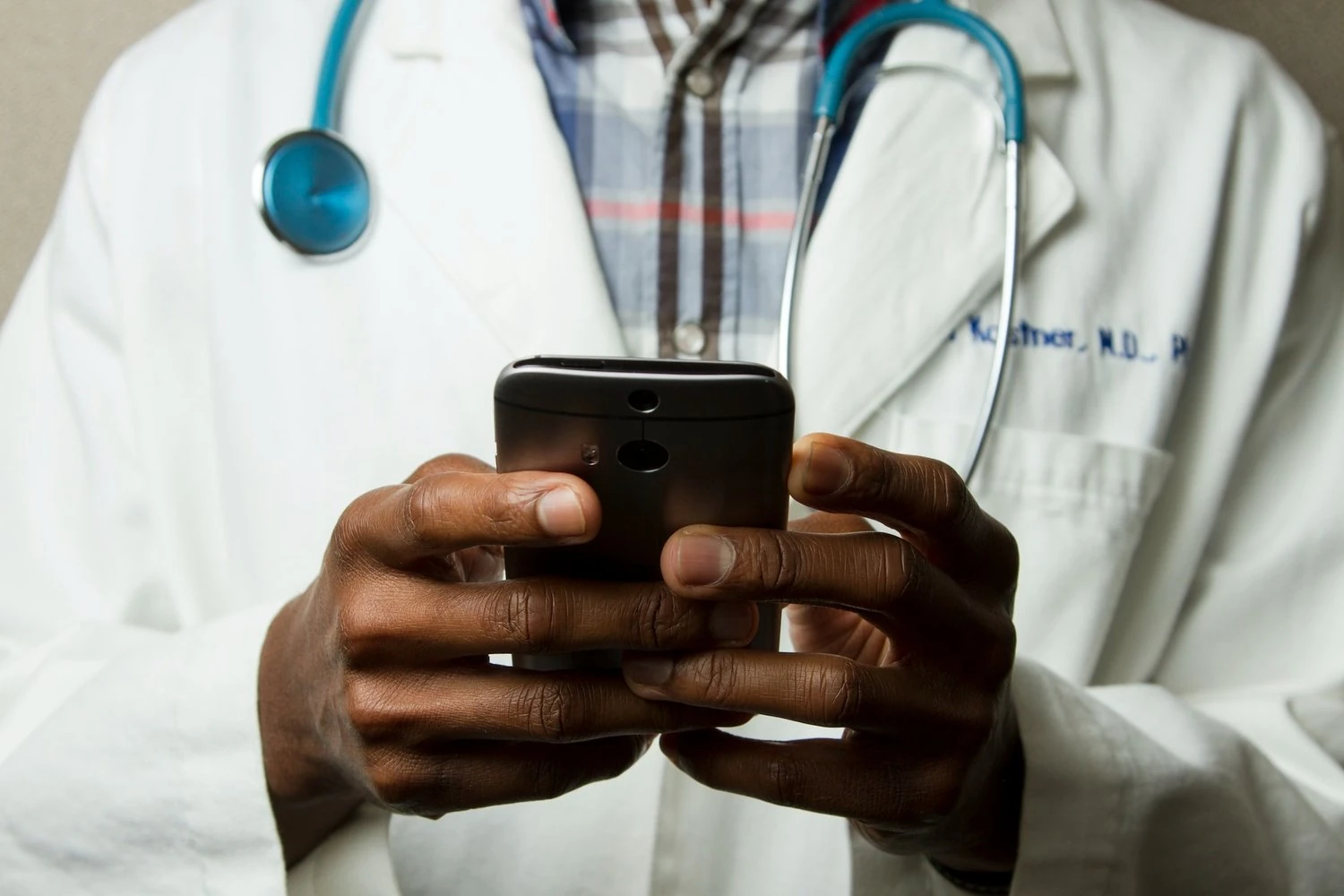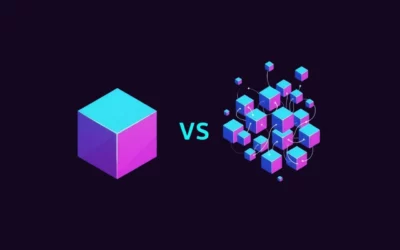How telehealth is shaping the future of healthcare
Imagine having to get through Covid-19 without technology. Let’s take a second to picture that… Having to go through the entire pandemic without any internet access? No mobile phones to call and check if our loved ones were doing okay. No updates and news from the outside world while you’re in your home, confused and scared. No remote communication with your healthcare professional, who, due to being only human, can’t see any patients in person. And no content for entertainment while you’re bored out of your mind.
Sounds god forsaken. And it would have been.
Technology has helped us get through an entire pandemic in ways we didn’t even imagine possible; and we are grateful for the ones who did imagine these possibilities. For all the innovations that helped sustain the remote lifestyle during COVID19, ‘telehealth’ may be the greatest one in the healthcare sector.
According to the World Health Organization, telehealth includes “surveillance, health promotion, and public health functions”. The telehealth umbrella is obviously pretty massive; encompassing treatment of acute health problems and management of chronic diseases, while also enveloping training and education.
The service most employed from all this in recent times, seems to be telemedicine.
Reported by Forbes, a Prospects Insights & Analytics survey showed that over 36% of adults used a telemedicine service during the covid-19 pandemic. That’s a lot of people who realized the flexibility of technological development.
Telemedicine is often used interchangeably with telehealth; when it in fact falls under the umbrella of telehealth with the distinction that it avoids in-person visitation by establishing communication between patient and healthcare provider via electronic devices.
The myriad of possibilities that telehealth has, is nearly endless. Since the induction of Telehealth programs, hospitals have reported reduced the number of emergency room visitations and the time spent hospitalized by a drastic amount. (Wicklund, 2019). The innovation brought about by the pandemic is just the tip of the iceberg. Be it the testing kits, or the trackers we wear on our wrists, many tools have been put through development and we expect to see more of such positives in the upcoming future.
Despite the issues faced by people in navigating devices and access, it seems to be the next best thing for medicine to embrace telehealth. Nutrition, therapy, primary and non-emergency care and counseling, healthcare professionals and digital health entrepreneurs and innovators have jumped onto the telehealth bandwagon hoping to help as much as possible.
Telehealth has evolved over the years from being a service made for rural or out-of-reach locations to get medical care, into an up-and-coming technological necessity. One such example of digital and remote health moving forward, is the H3 cube.
What is the H3 cube? The H3 health cube is one of several kiosk models under development at UniDoc Health, a corporation promoting and working towards Virtual Care Solutions models. It functions as a pod equipped with all the requirements for a doctor’s visit, including UV sanitation and secure video conferencing, under the presence of a healthcare practitioner.
The H3 cube uses “compliant technology and a secure platform with fully integrated diagnostic tools, rather than the patient’s own devices”. This ensures that the records which are entered manually by the healthcare provider are HIPAA compliant, aka protected by the Health Insurance and Accountability Act (training & working with experts to build out Maka HEALTH’s product’s privacy policy and making it HIPAA-compliant.)
Now it’s time for the expansion of these resources to shape newer and better resources for digital health.
The question now is, what’s next?
It’s no secret that a person’s privacy is sacred in this time and age. To see it being respected in a field as important as medicine is both hopeful and welcomed. That being said, now is the time for the expansion using all available technology to shape newer and better resources for digital health.




